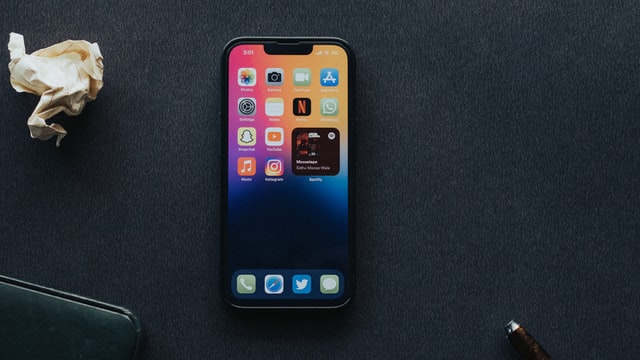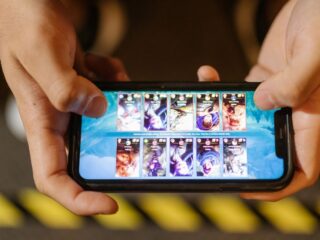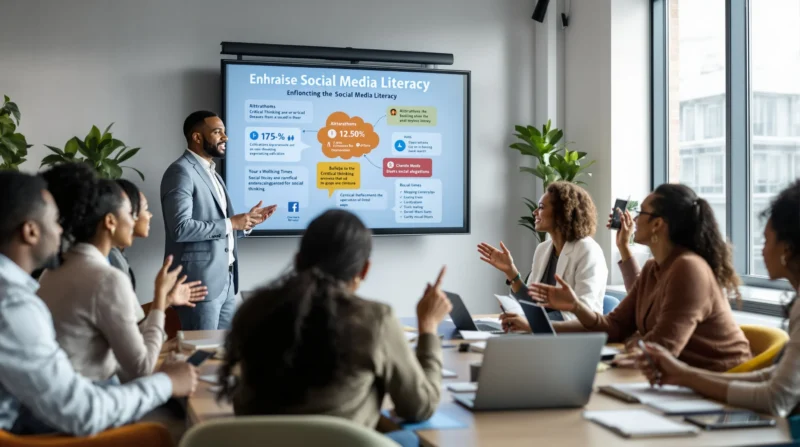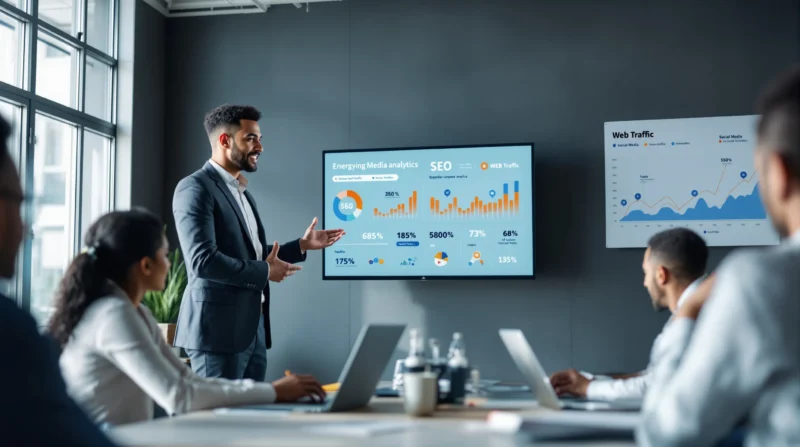
The iPhone 13 preorders are live and Apple has confirmed the new device will be available for purchase on September 20th. If you’re interested in getting your hands on this latest iPhone, here’s everything you need to know before making a decision.
The iphone 13 pre order delivery date is the day that Apple will start delivering the iPhone XS, iPhone XS Max and iPhone XR.
CNN —
Every few months, Apple releases a new crop of smartphones. The iPhone 13 Mini, 13, 13 Pro, and 13 Pro Max are all available for presale now and have a design that is identical to that of the iPhone 12. The new features include a reduced notch, sharper cameras, and enhanced performance.

Apple, carriers including AT&T, T-Mobile, and Verizon, as well as a variety of retailers, are already taking preorders for the iPhone 13 family. The iPhone 13 and 13 Mini have storage choices of 128GB, 256GB, or 512GB, while the 13 Pro and 13 Pro Max have storage options of 128GB, 256GB, 512GB, and 1TB. Blue, pink, Midnight, Product Red, or Starlight are available for the 13 and 13 Mini, while gold, graphite, silver, or Sierra Blue are available for the 13 Pro and 13 Pro Max.
There are a variety of discounts and methods to upgrade to the iPhone 13 right now, just as there were for the iPhone 12 last year. If you’re unsure if the upgrade is right for you, check out our analysis below and our decision help here.
If you want to upgrade your iPhone every year, the iPhone Upgrade Program is a credit-check-required lease that allows you to do so. You will be able to upgrade after 12 payments (equal to 12 months). Simply choose your iPhone, storage capacity, carrier, and AppleCare+ plan that best suits your needs. The latter is a plus because it is a monthly fee rather than an outright cost for the warranty.
There are various methods to save whether you choose to lease (for a 24-month term) or purchase the gadget altogether. You may trade in qualifying devices to receive credit toward your new smartphone with any carrier or directly with Apple. With an acceptable trade-in, you may save up to $1,000 if you buy an iPhone 13 from Apple directly.
Another alternative is to use a site like It’s Worth More or Decluttr to trade in your old gadget. After completing some questions, you’ll get an estimated value for your gadget and a prepaid label to mail it in with any of these options. With the code “CNN2021,” you may receive an extra 10% off your trade-in value right now.
When coupled with an Unlimited plan, you can obtain an iPhone 13 Mini, 13 or 13 Pro for as low as $0 when purchasing straight from AT&T. The 13 Pro Max may be purchased for as little as $99. Either way, you’re getting a very good deal, with savings of up to $1,000.
T-Mobile, which is renowned for its crazy promotions, is offering Magenta Max plan customers an iPhone 13 for free when they trade in a qualifying device. It’s a good bargain, and a guarantee of up to $800 in trade-in every two years if you stay a Magenta Max subscriber makes it even better. Other trade-in offers are also available to make the upgrading more reasonable, regardless of plan.
Finally, when you’re on certain Unlimited plans with Verizon, you can save up to $1,000 on the iPhone 13 family – you can’t be on beginner or kids, however. On payment, a basic iPhone 13 Mini, 13 or 13 Pro costs $0 per month, or a 128GB 13 Pro Max costs $99. Damaged phones will also be accepted as qualified trade-in devices by Verizon. For a limited time, Verizon Unlimited customers may get free Apple Music and Apple Arcade memberships. Verizon’s presale option, as well as AT&T’s and T- Mobile’s, is available directly via the Apple Store.
We’ll also mention that some consumers have expressed dissatisfaction with the preorder procedure on Twitter this morning. Those with an Apple Card, in particular, have been unable to check out for the iPhone Upgrade Program through the Apple Store App, and we have a family member who has had the same problem. It seems to be spreading to certain carriers, who may be stressed by the increased demand for the new gadgets. The greatest advise we can provide is to stick with it and attempt to complete the purchase while simultaneously contacting assistance.

APPLE
With a minor change in the camera arrangement on the rear and new colors, the iPhone 13 and 13 Mini appear almost similar to the iPhone 12. The iPhone 12’s contemporary flat design was a hit with us since it made the smartphone simpler to handle and use. It has a Ceramic Shield layer over the screen for scratch and drop protection, as well as an IP68 water resistance rating that allows it to withstand a little rain or a short dip in the pool, regardless of size.
The improved True Depth Sensor and camera on the front is perhaps one of the most significant improvements. It has the same 12-megapixel front lens and sensor stack as previous iPhones, but squeezes it into a 20% smaller notch. It’s not as tiny as the Galaxy S21’s pinhole notch or the Z Fold 3’s under-display notch, but it shows Apple is heading in the direction of a less obtrusive screen.
It’s also built into a front-facing OLED display that measures 6.1 inches on the 13 and 5.81 inches on the 13 Mini. We anticipate it to look similar to the iPhone 12, with bright colors and deep blacks for a compelling and immersive experience. And having an OLED screen on either a $699 or $799 smartphone is still fantastic. The major upgrade, according to Apple, will be a 28 percent brighter display.
Apple is moving the cameras on the main module, as previously said. They’re now arranged diagonally to allow a bigger sensor, as you can see when comparing pictures of the 13 Mini to those of the 12 Mini.
Let’s look at the stack of cameras while we’re on the topic of cameras:
- A 12-megapixel wide lens: It has the largest sensor in an iPhone to yet, allowing more light in and resulting in less grainy and more detailed pictures. It is coupled with sensor-shift stabilization for pictures and should make a significant improvement in performance. Even if the phone or your hand is trembling, the latter will assist keep photos clean. When compared to earlier iPhones, the possibility for a broader color spectrum as well as crisper details in sharper pictures are big takeaways.
- A 12-megapixel ultrawide lens with a 120-degree field of view: Apple claims that this lens can allow more light into a picture than the iPhone 12. In compared to the normal 1x picture with the wide lens, this is effectively a 0.5x shot. This allows you to catch more in a picture without moving and allows you to be more creative with your photography since it may be a unique approach to frame a shot.
It has a comparable combination of lenses as the 12 in terms of camera technology, with the ability to catch more light for better overall pictures and stabilization for sharper views. Apple promises improved low-light performance over the 12, owing to new sensors, and we’d bet on the primary wide lens, given to its larger sensor. It’s the first time since the iPhone XR and XS in 2018 that Apple has raised the size. Photographic Styles, which are basically preset shooting settings, are being added to Apple’s software. This way, you may add your style to the camera while it’s shooting by shooting in Warm, Cool, or Rich. It should take some of the legwork out of picture editing after you hit the shutter button, and it’s the first indication of customizability we’ve seen in the iPhone camera app. On paper, the 13 and 13 Mini should perform similarly to the iPhone 12 and 12 Mini in terms of photography.
Apple is introducing Cinematic mode, which allows you to record a racked focus picture from a device in your hand, effectively altering the focus of an image from foreground to background, or background to forefront, with a single button press. It’s a defocusing feature that allows you to add additional flair to a picture. We can only image what the TikToks will be like. These adjustments will be made in real time on the iPhone 13, allowing you to alter things up on the go. Dolby Vision HDR, which was launched with the iPhone 12, is used in Cinematic mode. No, Cinematic mode does not take the place of regular video mode, which is still available alongside time lapse and slow-motion recordings.
The new A15 Bionic processor powers the iPhone 13 and 13 Mini, as well as the 13 Pro and 13 Pro Max. It’s a 5-nanometer processor with a 6-core CPU, 4-core GPU, and 16-core Neural Engine, similar to the A14 Bionic in the iPhone 12. This should improve the iPhone 13’s overall efficiency by allowing it to glide through a variety of activities. Given the similarities to the A14 Bionic, we anticipate a modest boost in overall performance over the iPhone 12 or even the iPhone 11. For the most part, Apple’s processors work well as long as their software allows them. And it all comes back to Apple developing the software at the same time as the processors, in order to ensure that they work together correctly. And, as is customary, people using earlier iPhones, like as the XS or even the 7, should see significant gains in both day-to-day and power-hungry activities.
Apple has included a larger battery in the iPhone 13, but it does not disclose the precise mAh capacity. The 13 Mini is expected to last an hour and a half longer than the 12 Mini, and two and a half hours longer than the 12 Mini. In our battery test, the iPhone 12 lasted 12 hours and 30 minutes, while the iPhone 12 Mini lasted 15 minutes longer. Only the Pixel 5a with 5G stretched the battery beyond the 13-hour mark, putting it at the top of our battery testing across several devices. Given the performance of 2020’s iPhones and the A15’s efficiency emphasis, we don’t think Apple is promising too much in terms of battery life. The iPhone 13 retains its bottom-mounted Lightning connector and enables wireless charging through MagSafe or the Qi standard.
The iPhone 13 is a 5G smartphone that has mmWave and Sub-6 capabilities out of the box. For users in the United States, the new iPhone will operate seamlessly on AT&T, T-Mobile, and Verizon. You may find it difficult to locate the network, particularly given the rapid speeds of mmWave networks.

APPLE
Apple is also launching the iPhone 13 Pro and 13 Pro Max, as is customary these days. These, like the 13 and 13 Mini, retain the same design as the 12 Pro but provide improvements to the display, camera, and performance.
The iPhone 13 Pro has a 6.1-inch Super Retina XDR display, while the iPhone 13 Pro Max has a 6.7-inch screen. The latter is still the biggest iPhone display ever. The display should continue to function like an OLED year after year, with bright colors and deep blacks. The thrilling announcement coincides with the long-awaited release of an iPhone with a 120Hz-capable screen. While several Android phones (including the Galaxy A series) boast 120Hz displays, Apple has stayed with 60Hz. When utilizing the gadget, the benefit is a more natural and fluid-looking experience. While scrolling through a list of emails, notes, or even a website, it’s most apparent, but it’s also noticeable when gaming or watching a movie.
With ProMotion on board, which allows it to scale between 10Hz and 120Hz, the iPhone 13 Pro and 13 Pro Max can do exactly that. We’ve seen adaptive refresh rates previously, which vary depending on the program; this is how Samsung usually implements the functionality. The ability to monitor your finger speed to match how you’re moving or engaging with the device is Apple’s take on this. We’ll have to test this to see how it affects things, but Apple’s solution doesn’t allow you to set the device at 120Hz indefinitely. Apple took a long time to produce 120Hz, but we’re excited to test it out on the 13 Pro and 13 Pro Max. Still, why not make this available on the normal iPhone 13 or 13 Mini?
One potential reason is that the A15 Bionic chip in the 13 Pro and 13 Pro Max is somewhat more powerful than the A15 Bionic chip in the 13 Pro and 13 Pro Max. It retains a 6-core CPU and a 16-core Neural Engine, both of which run daily activities and allow iOS 15 capabilities like picture scanning for text. The higher-end iPhones have a 5-core GPU instead of the 4-core GPU found in the basic 13s, which gives them a leg up on graphics work. It’s conceivable that Apple is powering ProMotion with that additional core.
The A15 in the 13 Pro or 13 Pro Max, on the other hand, won’t always outperform the A14 in terms of performance. It should be a smooth and efficient experience that runs iOS like a champ, but those upgrading from an older iPhone might notice significant variations between day and night. We believe that having an additional GPU core will enhance the gaming and creative experience.
Apple is improving the camera experience with new hardware, improved AI, and new shooting styles. It’s still a three-camera system with a LiDAR sensor that includes a wide, ultrawide, and telephoto lens.
- 12-megapixel wide lens: Similar to the iPhone 13, this is the iPhone’s biggest sensor, allowing you to catch more light to produce a picture. It also has a larger aperture, or lens opening, which allows more light to enter. This should result in pictures that are more bright and detailed. Apple also aims to address unsteady hands with sensor-shift picture stabilization for better photos. We anticipate it to perform similarly to, if not better than, the iPhone 12 series’ primary camera.
- This 12-megapixel ultrawide lens takes pictures in a 0.5x or 120-degree field of view, making it a typical example of an ultrawide lens on a smartphone. It’s a unique method to frame a picture or catch a lot more without shifting your body. Apple’s claim of collecting up to 92 percent more light in a given picture is the difference year over year. The second significant improvement is “Phase Detection Auto-Focus,” which means that this ultrawide lens can take macro pictures by rapidly altering the focus of an image, allowing you to go up to 2 cm apart from a subject (animate or inanimate) and capture with unprecedented clarity. It also implies that an iPhone can now take macro photos for the first time.
- 12-megapixel telephoto lens with 3x zoom: This is an improved 77mm optical zoom lens with 3x magnification. On the 12 Pro Max, this increases to 2.5x, and on the 12 Pro, it increases to 2x. Apple is getting closer to 10x, a feature that is prevalent on other devices in this price range but is still missing here. However, it’s still preferable than using digital zoom on a Pixel.
So, what does this imply in terms of day-to-day shooting? With pictures that provide more information, greater color accuracy, and overall crisper photographs, the iPhone 13 Pro and 13 Pro Max should represent Apple’s most flexible camera system ever. It also retains the LiDAR sensor, which provides a significant improvement in focusing times and Night mode pictures in our tests. We’d guess that we’ll need to put this new hardware to the test to see how big of a difference it makes compared to the 12 Pro and 12 Pro Max from last year. On paper, it’s a big step forward, thanks to bigger sensors and wider apertures, as well as additional shooting modes.
On the topic of macro, Apple’s idea of utilizing the ultrawide camera, which is already on board, is intriguing. We’ve come to dismiss this function on Android phones since they only have a low-resolution 2- or 3-megapixel lens that doubles as a macro camera. If Apple’s sample pictures are to be trusted, they show some amazing views, such as a high degree of detail on a leaf that the human eye can’t perceive. We’re excited to put this, as well as the camera as a whole, to the test. Photographic Styles and Cinematic Video will be available, much as on the iPhone 13 and 13 Mini.
Finally, Apple claims that the 13 Pro will last 1.5 hours longer than the 12 Pro, while the 13 Pro Max will last two hours longer than the 12 Pro Max. This is due to a physically bigger battery inside (Apple isn’t disclosing the exact dimensions), as well as the processor’s efficiency. For the second year in a row, Apple is not providing a power brick in the package, but the Pro iPhones can still be charged using a Lightning connection or a Qi wireless charger like MagSafe.
Preorders for the iPhone 13 Mini, 13, 13 Pro, and 13 Pro Max are now available, with delivery starting on September 24. Although neither the 13 nor the 13 Pro are major redesigns that portray the iPhone as a whole new device, upgrades to the screens, cameras, and performance are expected to improve the user experience.
If you bought a new iPhone last year or just acquired any member of the 12 series, it’s not an instant go-out-and-upgrade. We’d want to put the cameras in head-to-head competitions to see how well they perform. However, if you have an iPhone XS, 8, 7, or 6, this is a great opportunity to update.
The iphone 13 ship date is the release date of the iPhone XS, which has been announced. The iPhone XS will be available for pre-order on September 14th and will start shipping on September 28th.
Related Tags
- apple pre order iphone 13 pro max
- walmart iphone 13 preorder
- iphone 13 pro max pre order
- iphone 13 comparison
- iphone 13 unlocked











